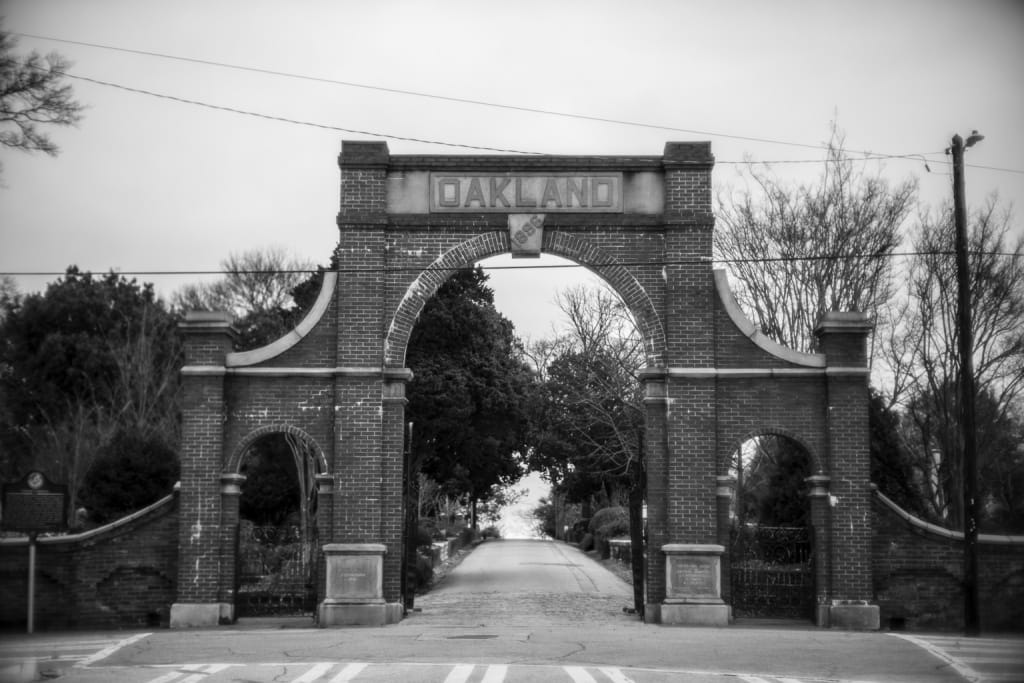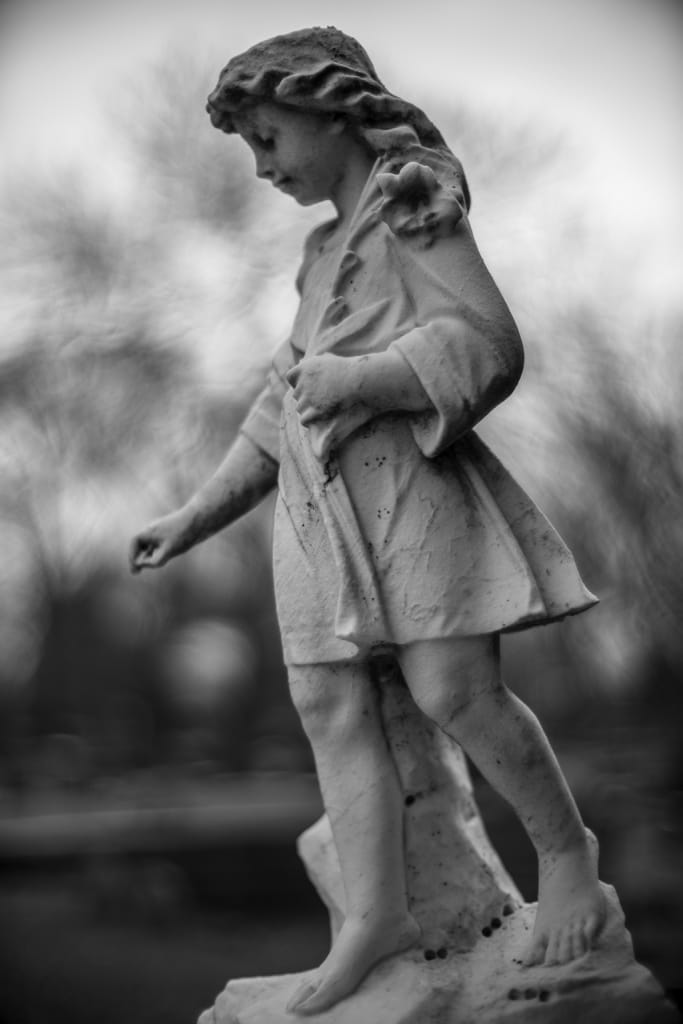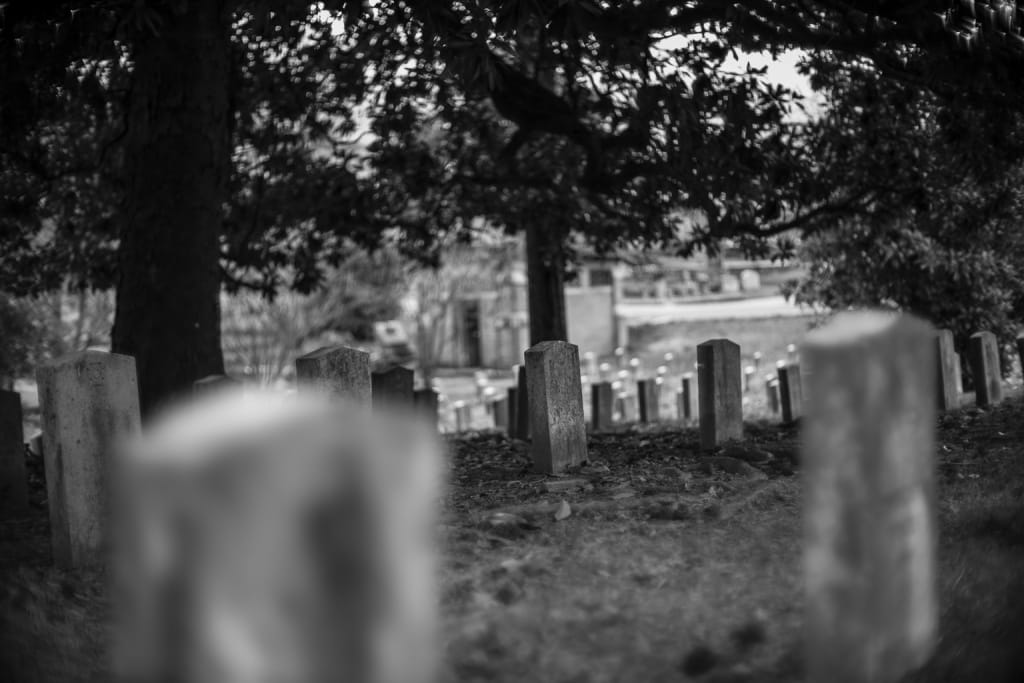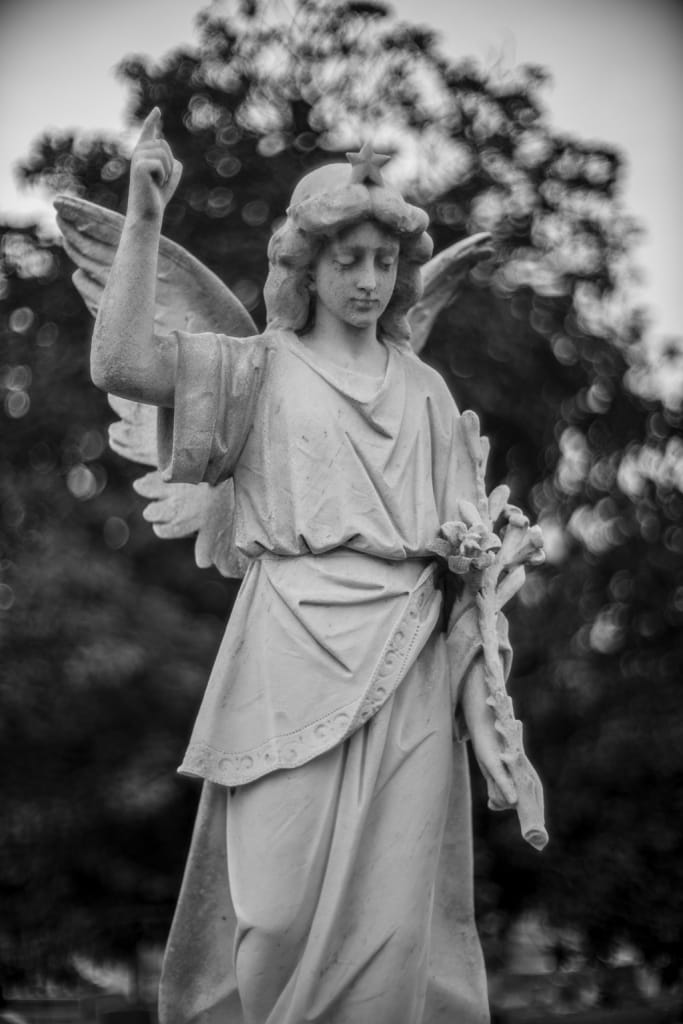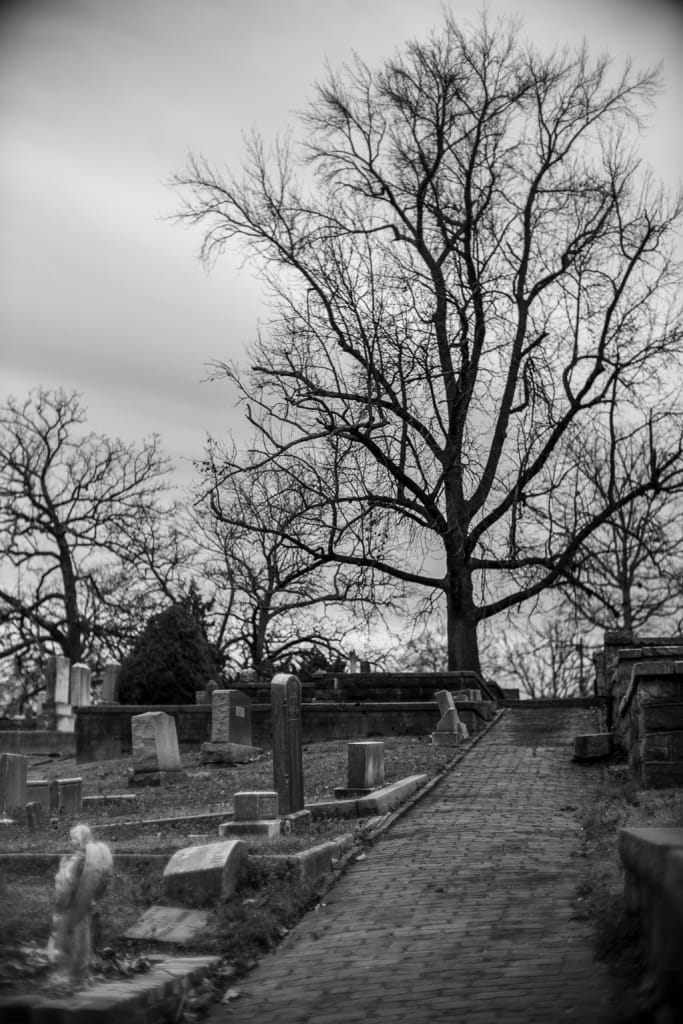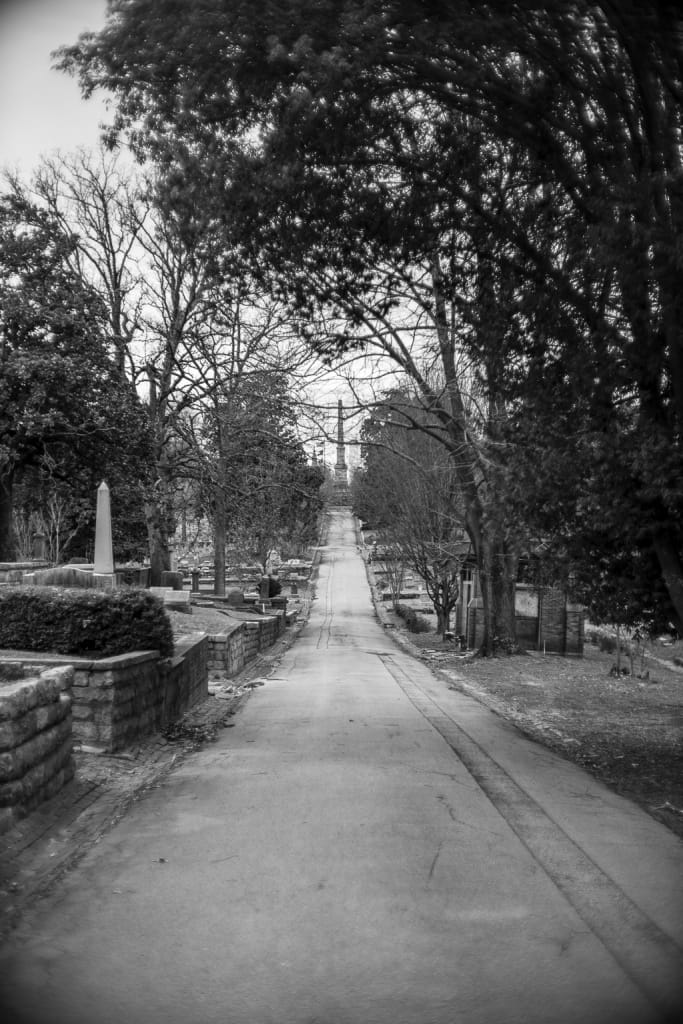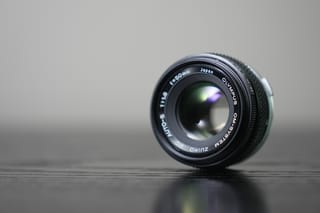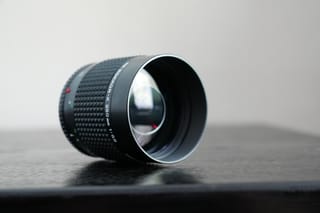
You wouldn’t know it by looking at my current kit, but I am neither a gear snob nor a pixel-peeper. Even though there’s a fair share of red rings within my collection, I enjoy the aesthetics of photography much more than any perceived technical perfection.
And aesthetics is why I purchased a Canon 50mm f/0.95 “Dream Lens” in 2016. Its clean, fungus-free glass and mount, which had already been adapted to Leica M, were deciding factors in purchasing the particular copy I did.
 Introduced in the early 1960s for Canon’s 7/7S rangefinder cameras, the Dream Lens’ f/0.95 aperture (much like Canon’s EF 50mm f/1.0 L lens nearly 30 years later) was more of a technical demonstration and marketing gimmick than anything else. Two versions were produced. Approximately 20,000 with the native mount and another 7,000 or so with a mount for TV cameras of the era. They are very similar optically, despite differences in coatings and rear elements.
Introduced in the early 1960s for Canon’s 7/7S rangefinder cameras, the Dream Lens’ f/0.95 aperture (much like Canon’s EF 50mm f/1.0 L lens nearly 30 years later) was more of a technical demonstration and marketing gimmick than anything else. Two versions were produced. Approximately 20,000 with the native mount and another 7,000 or so with a mount for TV cameras of the era. They are very similar optically, despite differences in coatings and rear elements.
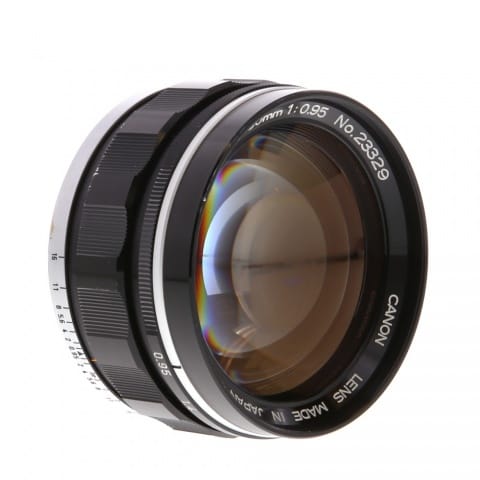 To say this lens has a cult following is a bit like saying Atlanta’s rush hour traffic can be irksome—it’s a monumental understatement. Its current popularity is no doubt due to its relatively easy adaptability to many mirrorless systems, especially Sony’s A7 series.
To say this lens has a cult following is a bit like saying Atlanta’s rush hour traffic can be irksome—it’s a monumental understatement. Its current popularity is no doubt due to its relatively easy adaptability to many mirrorless systems, especially Sony’s A7 series.
I briefly shot my Dream Lens with a Canon M3—a camera I’ve since passed on to my budding photographer niece. Though cameras with APS-C and Micro 4/3-sized sensors are physically able to use this lens, it really call for a larger sensor to shine.
Until recently, Sony was the only player in the full-frame mirrorless game. Their technical merits, enticing to many Canon shooters, for sure, were never enough to get me to buy one just so I could use this one lens—my hoard of red rings really kept me from switching systems and I knew Canon would eventually give me a full-frame mirrorless. And then came the EOS R.
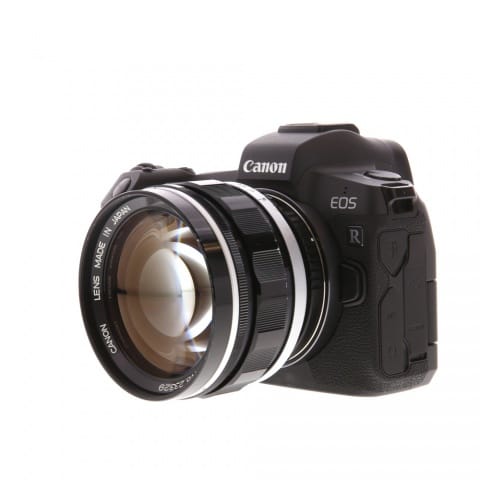 Since I mentioned it earlier, let’s talk about optics. The lens is soft, suffers from massive chromatic aberrations and vignettes when shot wide open. It may be soft, but most of that perceived softness is due to its inherent glow, similar to the IR glow of shooting Kodak HIE, which was due to the film’s lack of an anti-halation layer.
Since I mentioned it earlier, let’s talk about optics. The lens is soft, suffers from massive chromatic aberrations and vignettes when shot wide open. It may be soft, but most of that perceived softness is due to its inherent glow, similar to the IR glow of shooting Kodak HIE, which was due to the film’s lack of an anti-halation layer.
This lens’ 400-pound Gorilla is its bokeh. Few people are on the fence about it—they either love it or hate it. It is neither the smooth and buttery total background obliteration of my Canon EF 135mm f/2.0 L nor is it the potentially seizure-inducing swirly bokeh of my Helios 40-2 85mm f/1.5—though it is closer to the latter.
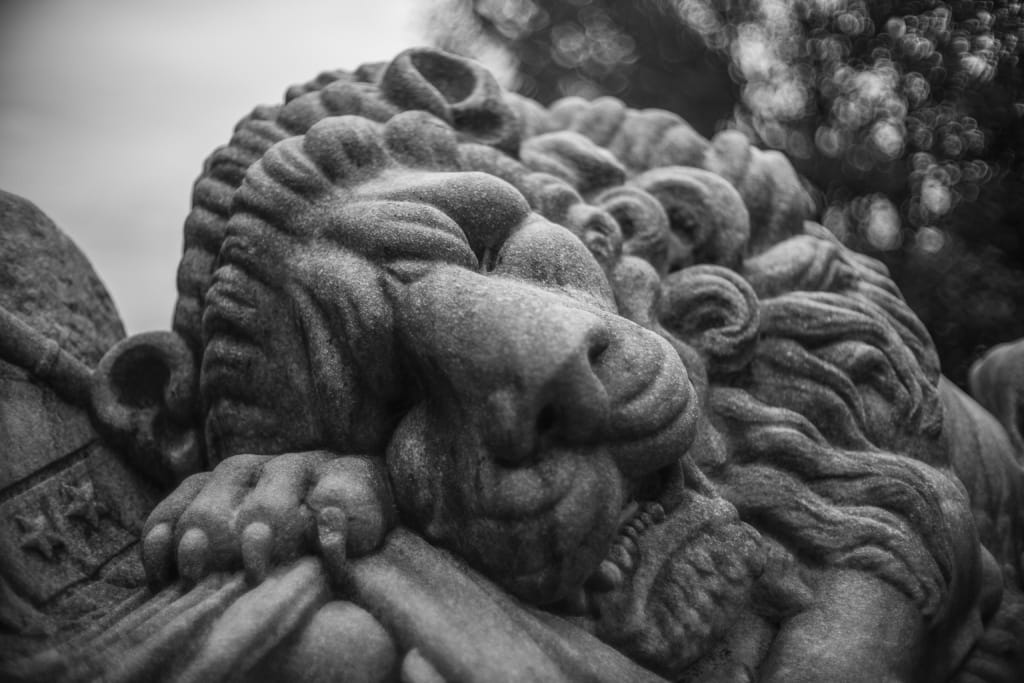 The softness and vignetting are mitigated a bit with smaller apertures but, regretfully, so is the unique character of its bokeh. So let’s get real—no one gets this lens to shoot it stopped down—that’s why we have ND filters.
The softness and vignetting are mitigated a bit with smaller apertures but, regretfully, so is the unique character of its bokeh. So let’s get real—no one gets this lens to shoot it stopped down—that’s why we have ND filters.
This lens is on the heavy side, but it has a lot of glass and metal. Its focus throw is ridiculous—you will not be quickly racking focus with it. Despite its size and weight, it’s well balanced on a body. The EOS R feels really good in the hand to begin with and paired with this lens, it’s a fun combination to shoot with.
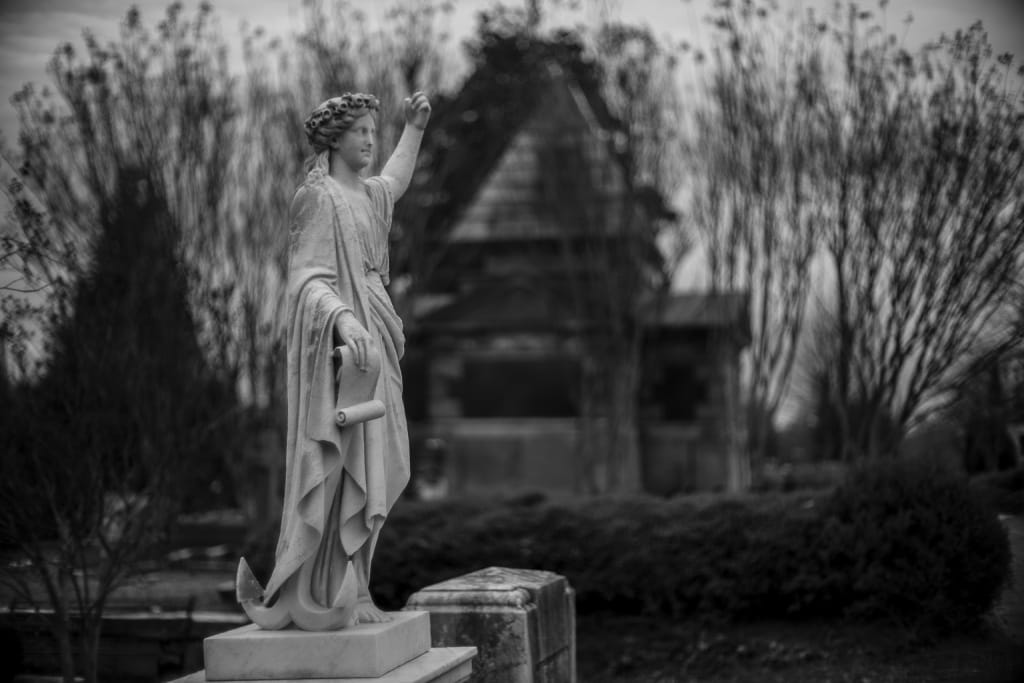 Oddly, the one thing I didn’t expect was how organic/film-like the RAW files looked. There was a granularity to them I’d never seen in a digital file. I’m not discounting the placebo effect—I expected magic and Celia Bowen showed up.
Oddly, the one thing I didn’t expect was how organic/film-like the RAW files looked. There was a granularity to them I’d never seen in a digital file. I’m not discounting the placebo effect—I expected magic and Celia Bowen showed up.
When cheap, plasticky and slow 18-55 kit lenses are optically better than this 50+ year-old manual focus lens, why would anyone want to use it? The truth is, they wouldn’t.
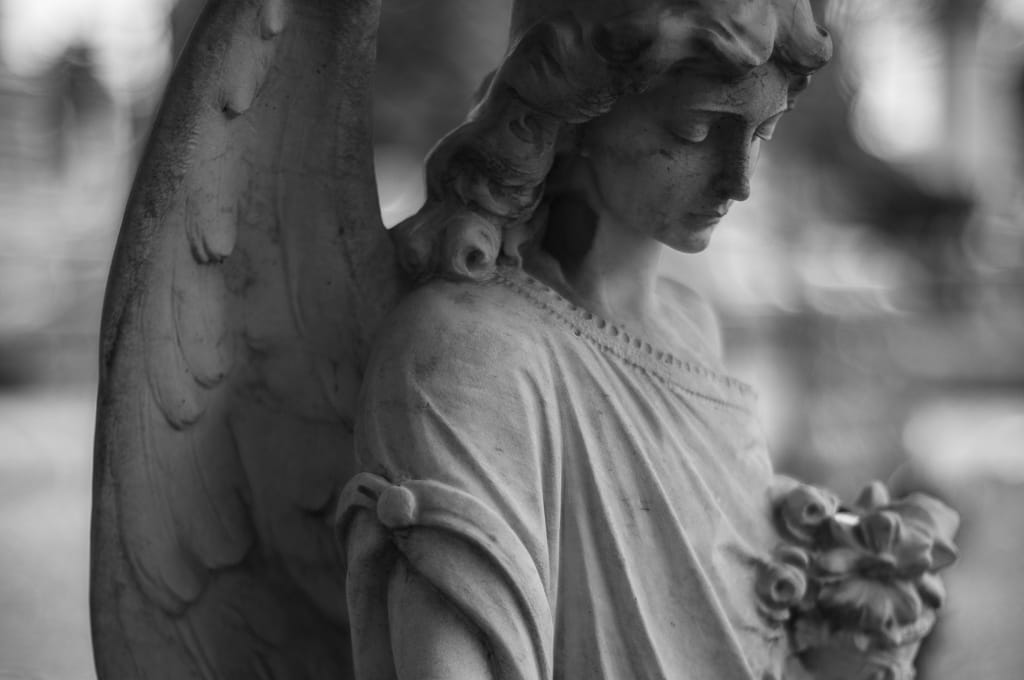 That’s the thing though—we don’t shoot this lens for optical perfection. Images shot with this lens have an ethereal, dreamlike quality to them. Hence its nickname, the “Dream Lens.” The effects of this lens cannot be recreated with software, it can only be achieved in-camera.
That’s the thing though—we don’t shoot this lens for optical perfection. Images shot with this lens have an ethereal, dreamlike quality to them. Hence its nickname, the “Dream Lens.” The effects of this lens cannot be recreated with software, it can only be achieved in-camera.
Mirrorless systems and their easy adaptability have allowed people to use their old, obsolete film-era lenses again and that’s a great thing, because adapting weird, quirky and unapologetically flawed vintage lenses will yield images you just can’t get any other way.
There’s more to a good photograph than optical perfection. Besides, while those pixel-peepers are busy hunched over and squinting at their computer’s monitor, the rest of us are out shooting pictures and having fun. Isn’t that what photography is all about?
Here’s some more sample images taken with the Canon 50mm f/0.95 on the EOS R:
